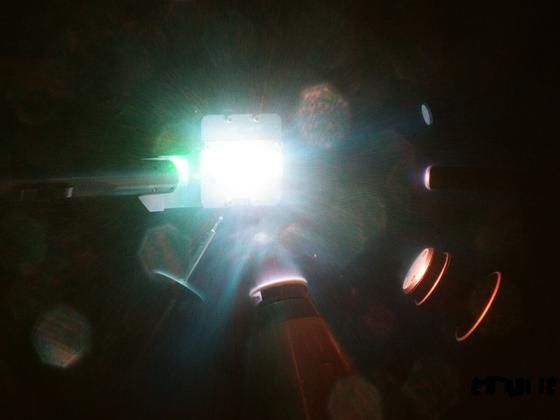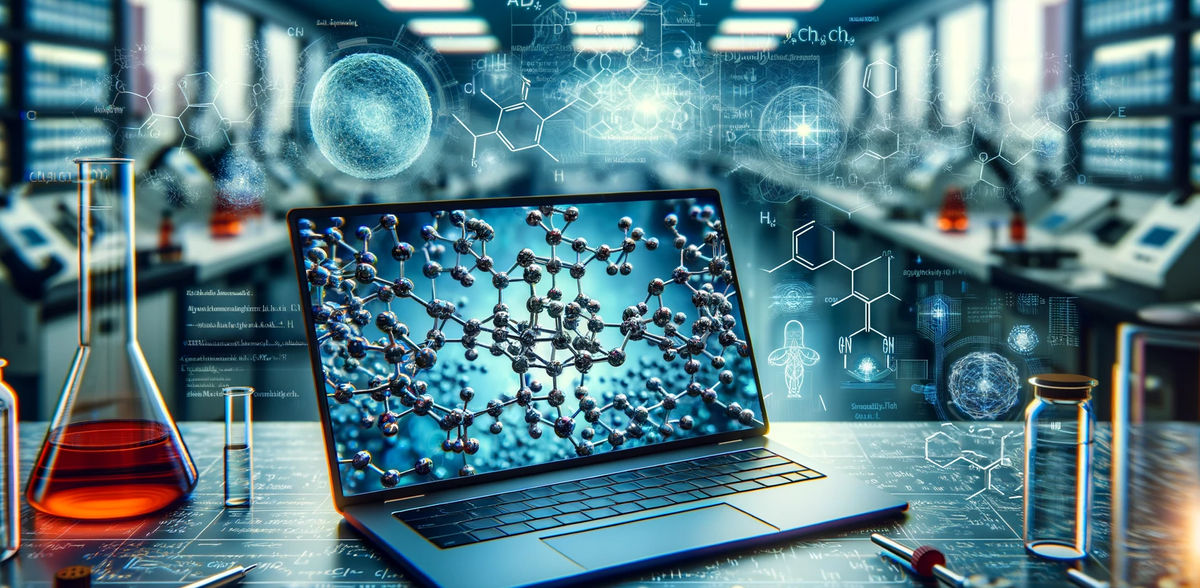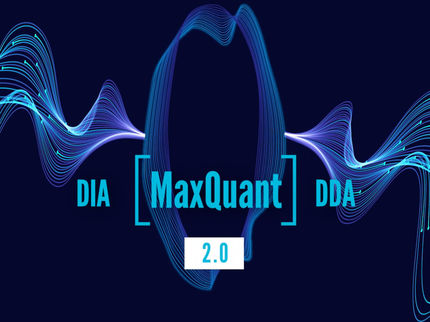Machine learning boosts search for new materials
Scientists have developed deep-learning models that can sift through the massive amounts of data generated by X-ray diffraction techniques
Scientists from the University of Rochester say deep learning can supercharge a technique that is already the gold standard for characterizing new materials. In an npj Computational Materials paper, the interdisciplinary team describes models they developed to better leverage the massive amounts of data that X-ray diffraction experiments produce.

Material on a powder X-ray diffraction image plate is analyzed at the Omega Laser Facility at the University of Rochester’s Laboratory for Laser Energetics. Scientists are developing deep-learning models to analyze the massive amounts of data produced by these experiments.
University of Rochester Laboratory for Laser Energetics photo / Danae Polsin and Gregory Ameele
During X-ray diffraction experiments, bright lasers shine on a sample, producing diffracted images that contain important information about the material’s structure and properties. Project lead Niaz Abdolrahim, an associate professor in the Department of Mechanical Engineering and a scientist at the Laboratory for Laser Energetics (LLE), says conventional methods of analyzing these images can be contentious, time-consuming, and often ineffective.
“There is a lot of materials science and physics hidden in each one of these images and terabytes of data are being produced every day at facilities and labs worldwide,” says Abdolrahim. “Developing a good model to analyze this data can really help expedite materials innovation, understand materials at extreme conditions, and develop materials for different technological applications.”
The study, led by Jerardo Salgado '23 MS (materials science), holds particular promise for high-energy-density experiments like those conducted at LLE by researchers from the Center for Matter at Atomic Pressures. By examining the precise moment when materials under extreme conditions change phases, scientists can discover ways to create new materials and learn about the formation of stars and planets.
Abdolrahim says the project, funded by the US Department of Energy’s National Nuclear Security Administration and the National Science Foundation, improves upon previous attempts to develop machine learning models for X-ray diffraction analysis that were trained and evaluated primarily with synthetic data. Abdolrahim, Associate Professor Chenliang Xu from the Department of Computer Science, and their students incorporated real-world data from experiments with inorganic materials to train their deep-learning models.
More X-ray diffraction analysis experimental data needs to be publicly available to help refine the models, according to Abdolrahim. She says the team is working on creating platforms for others to share data that can help train and evaluate the system, making it even more effective.
Original publication
Other news from the department science

Get the analytics and lab tech industry in your inbox
By submitting this form you agree that LUMITOS AG will send you the newsletter(s) selected above by email. Your data will not be passed on to third parties. Your data will be stored and processed in accordance with our data protection regulations. LUMITOS may contact you by email for the purpose of advertising or market and opinion surveys. You can revoke your consent at any time without giving reasons to LUMITOS AG, Ernst-Augustin-Str. 2, 12489 Berlin, Germany or by e-mail at revoke@lumitos.com with effect for the future. In addition, each email contains a link to unsubscribe from the corresponding newsletter.

























































